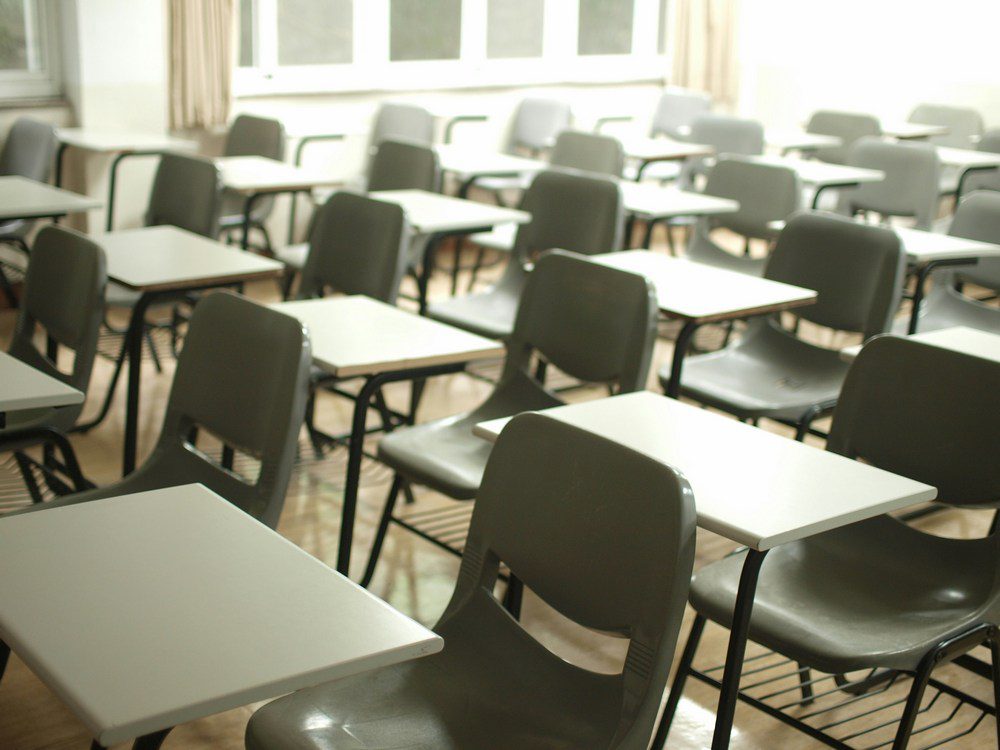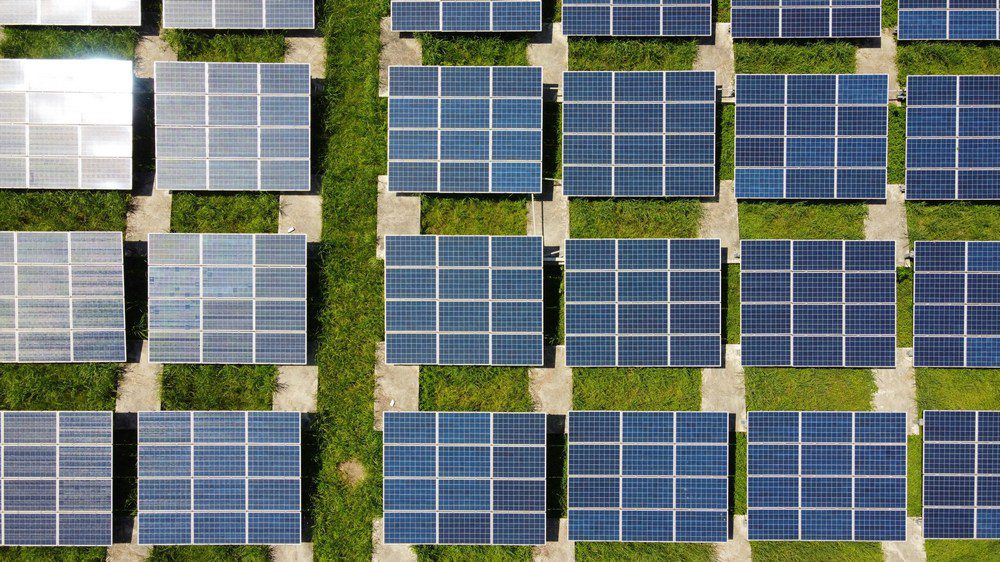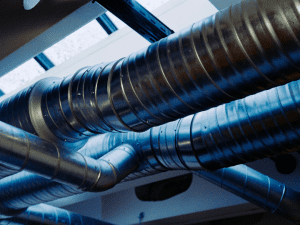Sustainability is becoming more and more of an important topic, especially in education. This means that educators now have a unique opportunity to shape young people into future environmentalists. After all, integrating sustainable practices into your classroom can minimize environmental impact, for sure, but it also provides them with essential life skills.
From using recycled paper products to advocating for renewable energy sources, there are so many ways you can make your teaching more eco-friendly. In this guide, we’ll look at ten aspects of sustainability that educators should adopt to make a greener learning environment.
Contents
- 1 10 Things Educators Need to Know About Sustainability
- 1.1 Choose Recycled Paper Products
- 1.2 Importance of Supporting Sustainable Brands
- 1.3 Use Digital Resources
- 1.4 Incorporate Upcycled Projects
- 1.5 Select Eco-Friendly Cleaning Products
- 1.6 Invest in Durable Supplies
- 1.7 Promote Reusable Items for Sustainability
- 1.8 Implement a Waste Sorting System
- 1.9 Consider Renewable Energy Sources
- 1.10 Teach Sustainable Living Skills
- 2 Sustainability is Essential in Our Modern Era
10 Things Educators Need to Know About Sustainability
There’s nothing more important for our future generations than a more eco-friendly mindset. And if you want to be a part of this movement, here are 10 ways your skills can make a difference.
Choose Recycled Paper Products
It’s important to consider using recycled paper products to create a more sustainable classroom environment. By using notebooks, folders, and printer paper made from recycled materials, we can help reduce the demand for new resources and minimize waste and greenhouse gas emissions associated with traditional paper production.
Not only that, but choosing recycled paper products sets a positive example for our students, showing them how simple everyday decisions can contribute to environmental conservation. When they see us making responsible choices, they are more likely to adopt similar practices in their own lives, promoting a culture of sustainability.
Importance of Supporting Sustainable Brands
It’s really important to support sustainable brands as a way to help create a more environmentally friendly world. When we buy products from companies that are committed to eco-friendly practices, we’re playing a part in reducing waste and promoting the use of renewable resources.
This can include things like choosing classroom supplies and even ordering custom t-shirts online for your classroom jerseys or graduating class shirts made with sustainable fabrics.
By supporting these kinds of brands, we’re not only reducing our own environmental impact, but we’re also showing students the importance of responsible consumption.
Our choices can have a big impact on the way young people think about sustainability, and can encourage them to prioritize it in their own decisions as they grow up. This can make a real lasting difference for future generations.

Use Digital Resources
Embracing digital resources is a fantastic way to promote sustainability in the classroom. By using e-books, online assignments, and digital handouts, we can greatly reduce our paper usage. This not only helps conserve natural resources but also minimizes waste.
Moreover, integrating technology into our teaching approach helps prepare students for a future where digital literacy is essential.
Online platforms provide interactive and engaging learning experiences that can improve students’ comprehension of complex subjects. Therefore, it’s important not to underestimate the value of technology in the classroom.
Incorporate Upcycled Projects
Remember that incorporating upcycled projects into your curriculum can be a lot of fun and very educational. You can get your students to repurpose things like old magazines, bottle caps, or cardboard boxes into cool art or science projects. This hands-on approach can really spark their creativity.
By turning waste materials into useful or decorative items, students can learn the importance of recycling and reducing waste. It gives them a real way to see how small actions can have a big impact on the environment, and helps them develop a sense of responsibility and innovation.
Select Eco-Friendly Cleaning Products
Keeping your classroom clean is crucial. However, it’s also important to think about the environmental impact of the cleaning products you use. Traditional cleaners can often contain harsh chemicals that can be harmful to both the environment and your students’ health.
That’s why it’s a good idea to go for eco-friendly cleaning products that are biodegradable and free from toxic substances. These alternatives are just as effective in keeping your space clean without compromising safety or sustainability. By choosing green cleaning options, you’re contributing to reducing pollution.

Invest in Durable Supplies
Investing in durable classroom supplies can be really beneficial for both the environment and your budget. Quality items such as desks, chairs, and even pens tend to last longer and require less frequent replacement. This not only reduces waste but also conserves resources over time.
Although the initial cost might be higher, the long-term savings can be substantial as you avoid constantly buying cheaper, disposable alternatives. It’s a straightforward strategy that promotes sustainability while ensuring your classroom remains functional and efficient.
Promote Reusable Items for Sustainability
Importance should be placed on encouraging the use of reusable items. It’s a great way to have a positive impact on the environment. We suggest advocating for students to bring reusable water bottles, lunch containers, and shopping bags instead of using single-use plastics.
It’s a simple change that can really help reduce plastic waste and get students thinking about sustainability. Also, think about adding lessons on the environmental benefits of reusables into your curriculum. By promoting these habits, you’re helping students make eco-friendly choices in their daily lives, both in and out of the classroom.
Implement a Waste Sorting System
Implementing a waste sorting system in the classroom should take some priority. By setting up clearly labeled recycling bins for paper, plastic, and glass, students can better grasp the significance of proper waste segregation. This hands-on experience instills sustainable habits and makes it simpler for students to carry out recycling practices at home.
Additionally, integrating lessons about local recycling programs and the environmental impact of waste can further enhance their understanding.

Consider Renewable Energy Sources
Educators can make a real difference in their school by looking into renewable energy sources. Solar panels, wind turbines, and geothermal heating are all great options for clean energy.
If it’s not feasible to install these systems, you can encourage your school to buy green energy credits or support local renewable initiatives in your town. You could also integrate lessons about the benefits of renewable energy into your curriculum to educate students about sustainable practices.
This not only helps reduce greenhouse gas emissions but also inspires future generations to care for the environment.
Teach Sustainable Living Skills
We should teach students about sustainable living skills, so they can make eco-friendly choices in their daily lives. This could include teaching them how to plant a garden, save water, and use less electricity. These skills not only help the environment, but also encourage a sense of responsibility and independence.
It would be great to get students involved in hands-on projects that show them how their actions affect the planet. By including these ideas in our lessons, we can give students the knowledge they need to make a positive impact in their communities now and in the future.
Sustainability is Essential in Our Modern Era
Taking these steps towards sustainability in your classroom can inspire others and create a ripple effect that extends far beyond the school walls. As educators, you have the power to mold environmentally-conscious individuals who will carry these habits into their adulthood. Challenge yourself to implement even one or two of these sustainable practices this semester.
You’ll find that small changes can lead to significant impacts, not only on the environment but also in fostering a culture of responsibility among your students. Let’s build a greener future.




